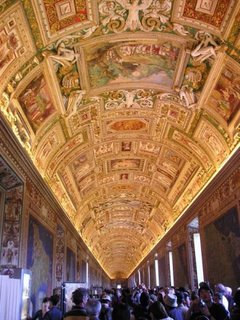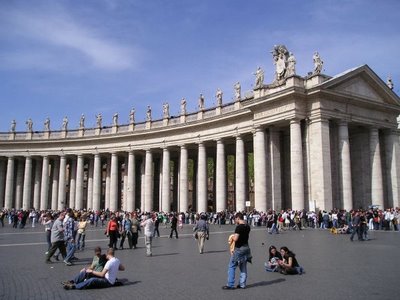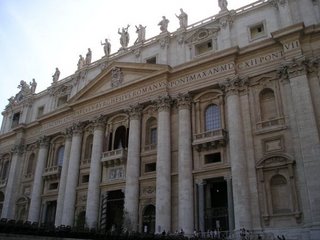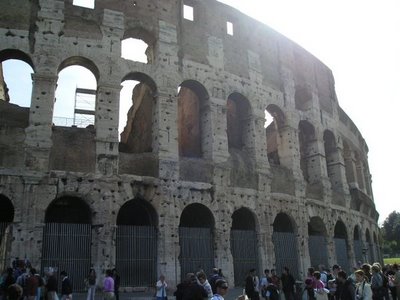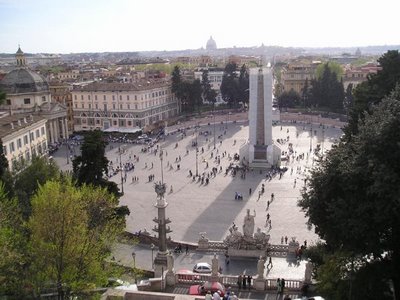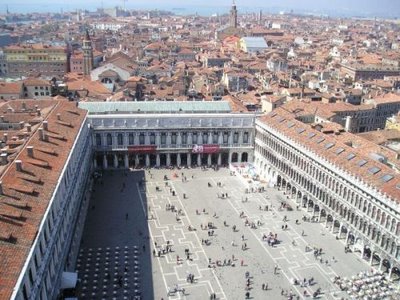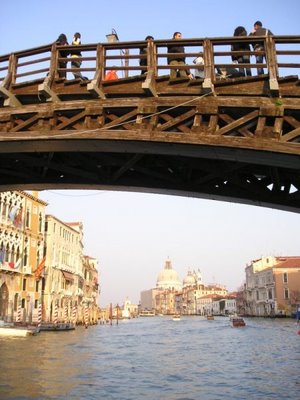Italy Trip - Part IV - Pisa, Florence
Pisa is situated 90kms away from Florence and it took us 1hour journey in the train to finally reach there at 10am. There was a sign board outside the railway station about where the tower is located, we walked almost 15 minutes according to the directions and at last, after taking a curve, we saw this amazing structure – the great leaning tower of Pisa – it was a wonderful sight.

Some facts about the Leaning Tower of Pisa –
“The construction of the Tower of Pisa was performed in three stages over a period of about 200 years. The tower was intended to stand vertically, to serve as a bell tower, but began leaning soon after construction started in August of 1173”
It is possible to climb the tower till top, but only 10 people are allowed to enter the tower at a time. And unfortunately all the booking till 2pm was already over, and as we wanted to go back Florence and continue site seeing there, waiting till 2pm to climb the tower was conditionally unacceptable – so we missed climbing the tower :-(
There is a Duomo and a Cathedral (with museum) nearby the leaning tower and there are enormous numbers of small shops in the roadside, where you can find different kinds of tower models and other cute little items. We did some shopping there and also bought leaning tower model.
 Cathedral near Pisa towerWe took the next train to go back Florence, and after having lunch, we first visited the ‘Palazzo Vecchio’ - the palace to many old royal families and now a museum. Outside to the Palazzo there is a copy of Michelangelo’s David, the most famous sculpture of all times. In the Palazzo Vecchio, you can also find a nice courtyard, the 'Salone Cinquecento' (in the first floor), The 'Cappela della Signoria' (second floor) and the 'Sala dell’Udienza' (second floor) among other rooms full of works of art
Cathedral near Pisa towerWe took the next train to go back Florence, and after having lunch, we first visited the ‘Palazzo Vecchio’ - the palace to many old royal families and now a museum. Outside to the Palazzo there is a copy of Michelangelo’s David, the most famous sculpture of all times. In the Palazzo Vecchio, you can also find a nice courtyard, the 'Salone Cinquecento' (in the first floor), The 'Cappela della Signoria' (second floor) and the 'Sala dell’Udienza' (second floor) among other rooms full of works of art Sculptures outside ‘Palazzo Vecchio’ - David, Neptune FountainIn front of the 'Palazzo Vecchio', in the 'Piazza della Signoria', there is an arcade with several sculptures. Next place we visited was a famous Cathedral. There is a tower next to the Cathedral and is called the "Campanile" and it is 82 meter high. We climbed to the top of this tower (which has almost 500 steps) and the view from the top was just amazing, it gave a wonderful landscape view of the city.
Sculptures outside ‘Palazzo Vecchio’ - David, Neptune FountainIn front of the 'Palazzo Vecchio', in the 'Piazza della Signoria', there is an arcade with several sculptures. Next place we visited was a famous Cathedral. There is a tower next to the Cathedral and is called the "Campanile" and it is 82 meter high. We climbed to the top of this tower (which has almost 500 steps) and the view from the top was just amazing, it gave a wonderful landscape view of the city. Cathedral
Cathedral
A view from top of Campanile
Finally we walked down to the famous old bridge in Florence – The ‘Ponte Vechio’ which was constructed in 1345. On the bridge, you can see lots of shops too. We crossed the bridge and walked further to some more places. In the late evening we came back, a view from the bridge that time was really nice.
‘Ponte Vechio’ bridge at night
The next day morning we traveled from Florence to Milan to catch the flight to Copenhagen and from there a train back to Aalborg. And that was the end of our wonderful memorable 5 days trip to Italy.


